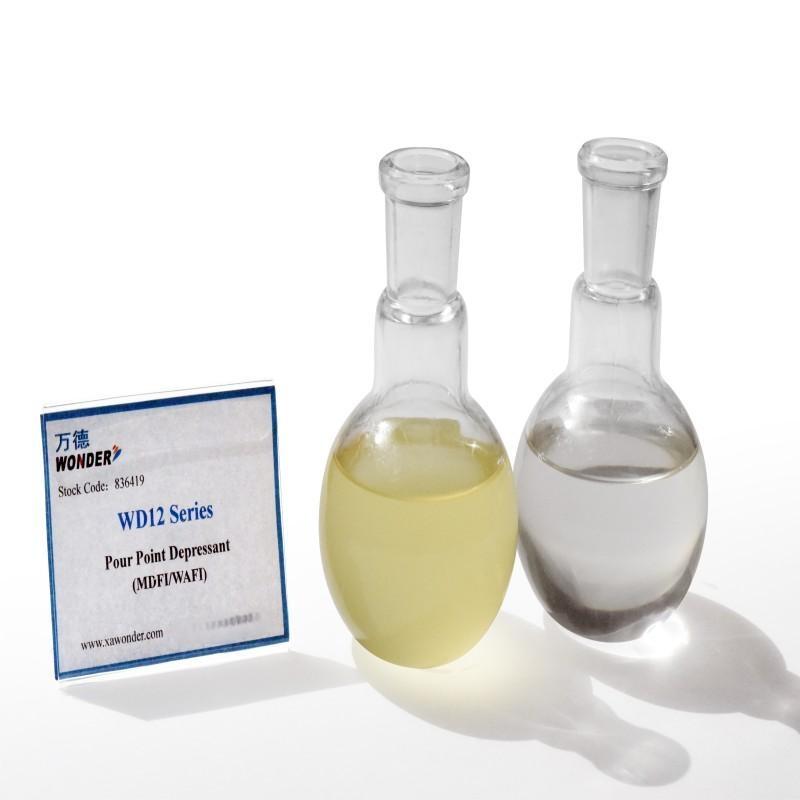-
Categories
-
Pharmaceutical Intermediates
-
Active Pharmaceutical Ingredients
-
Food Additives
- Industrial Coatings
- Agrochemicals
- Dyes and Pigments
- Surfactant
- Flavors and Fragrances
- Chemical Reagents
- Catalyst and Auxiliary
- Natural Products
- Inorganic Chemistry
-
Organic Chemistry
-
Biochemical Engineering
- Analytical Chemistry
-
Cosmetic Ingredient
- Water Treatment Chemical
-
Pharmaceutical Intermediates
Promotion
ECHEMI Mall
Wholesale
Weekly Price
Exhibition
News
-
Trade Service
Since the beginning of this year, the trend of international oil prices can be described as ups and downs
.
After two previous ups and downs, international oil prices are now hovering back to the previous shock of $90 per barrel in March this year
.
In the view of analysts, on the one hand, the existence of weak recovery of overseas market economies, coupled with the expected growth of crude oil supply, will inhibit the rise in oil prices to a certain extent; On the other hand, the current situation of high inflation has formed a positive support
for oil prices.
In such a complex environment, the current international oil price is somewhat dilemma
.
However, a number of analysts told reporters that the low operation of international oil prices is conducive to China's manufacturing industry to reduce costs and improve profit margins, and there is also a certain positive stimulating effect
on the demand for travel and consumption.
International oil prices returned to the level of half a year ago
At the beginning of March this year, the price of WTI crude oil rose rapidly from below $90 / barrel, soared to $110.
15 / barrel in one fell swoop, and then quickly fell back to around $85 / barrel, completing a wave of ups and downs
in half a month.
WTI crude prices then rose all the way up until June 8 hit a record high
of $118.
08/bbl.
Since then, WTI crude oil prices have begun to turn downwards, falling below the $90/b mark again after August and returning to levels
around February 15.
"The long-short game of international oil prices is still continuing, and the main contradiction at present is that, on the one hand, the European energy supply crisis caused by the geopolitical situation supports international oil prices; On the other hand, investors are concerned about the weak economic recovery overseas, which will lead to a far weaker demand side than expected
.
Liu Jiao, a researcher at the Energy and Chemical Department of Huishang Futures Research Institute, told reporters that the current resistance to the rebound in international oil prices is relatively large
.
In addition, in the context of interest rate hikes by the Federal Reserve and many central banks, monetary policies in various countries may accelerate the tightening, signs of global economic growth slowdown are becoming more and more obvious, and the market's anxiety about the economic outlook will further exacerbate
the weak energy demand situation.
The reporter learned that the recent decline in international macroeconomic data has adjusted
the market's judgment on the intensity of interest rate hikes.
Some analysts believe that based on the decline in US macroeconomic data, the Fed's efforts to curb inflation may slow down, and the intensity of interest rate hikes may not be as strong as previously expected, which is bound to have a greater impact on
international oil prices.
Zhang Xiao, an analyst in the energy and chemical industry of Guoyuan Futures, told reporters that the CPI data of the United States in July landed, and the market's concern that the US inflation data continued to climb has slowed down, and in the context of the weakening of the US dollar index, crude oil prices have slightly boosted
.
However, the U.
S.
Energy Information Administration (EIA) crude oil inventories have grown more than expected, adding to concerns about
crude demand.
Correspondingly, the recent OPEC and the International Energy Agency (IEA) have shown a very different attitude towards
the adjustment of crude oil supply and demand.
OPEC has lowered its expectations for future crude oil demand, taking into account the downward pressure on the global economy; The IEA raised its forecast
for crude oil demand based on high temperatures in Europe.
At present, international oil prices are oscillating near the $90/barrel mark, mainly due to the recovery of crude oil demand and the recovery of
market risk appetite.
Based on the fact that there are still many short-term market uncertainties, it is expected that under the long-short game, short-term crude oil prices may maintain a narrow range of oscillations
.
It is conducive to the steady recovery of China's economy
WTI crude oil futures prices hovered around the $90/barrel mark, reflecting the volatility of market expectations for crude oil demand
.
In the view of Tang Jianlin, a researcher at Jinxin Futures, with the release of macroeconomic data from major overseas economies in July, the market's expectations for a global recession will continue to ferment and trigger concerns about
crude oil demand.
In addition, the high inflation in the US economy has led to investors' expectations for a sharp interest rate hike by the Federal Reserve in September, which has also made crude oil futures bulls suspicious
.
Tang Jianlin also said that if the US CPI data in July is lower than market expectations, the expectation of a sharp interest rate hike by the Federal Reserve will slow down, and the possibility of a soft landing in the US economy is correspondingly increasing
.
Coupled with the recent European energy crisis continues to ferment, the IEA raised the global crude oil demand forecast, crude oil futures bullish confidence will also recover
.
The main reason for the current dominance of international oil prices is the change in crude oil demand expectations, the focus of the short-term crude oil market should return to commodity attributes, and the swing of demand expectations may become the leading factor
affecting crude oil prices.
What kind of impact will the low international oil price have on China's economy? Many analysts believe that the pullback in international oil prices is conducive to the steady recovery of China's economy and will have a positive effect
on manufacturing, transportation and consumption.
"As a major global oil demander, China has a high degree of dependence on foreign countries
.
The decline in international oil prices, on the one hand, can reduce the cost of oil imports, and for the domestic petrochemical industry, after the cost reduction, it can be continuously transmitted to downstream terminal products; On the other hand, the cost of domestic travel will also be reduced, which will form a certain stimulating and driving effect
on consumer demand.
Liu Jiao believes that under the current expectations of the growth of international crude oil supply, coupled with the market's concern that the recovery of major overseas economies is less than expected, it is expected that short-term international oil prices will still maintain a weak operating pattern
.
Zhang Xiao also believes that the decline in international oil prices will reduce the cost of imports, which will have a positive impact on the operating costs of China's economy and be conducive to the steady development of
the domestic economy.
At present, in addition to the linkage between domestic oil prices and international oil prices, the prices of domestic natural gas, coal and other fossil fuels have also maintained a stable trend
.
"The correction of international oil prices will directly drive the domestic PPI down, reduce the cost of downstream manufacturing, and enhance the profit margin of
enterprises.
" Tang Jianlin believes that in the short term, the market's expectations for crude oil demand in the second half of the year will affect the fluctuation of crude oil prices; From the perspective of the middle line, with the slowdown in global economic growth, crude oil demand or decline, superimposed on the supply side of the increase in the expectation of existence, it is expected that the center of gravity of crude oil prices will continue to move
down.







